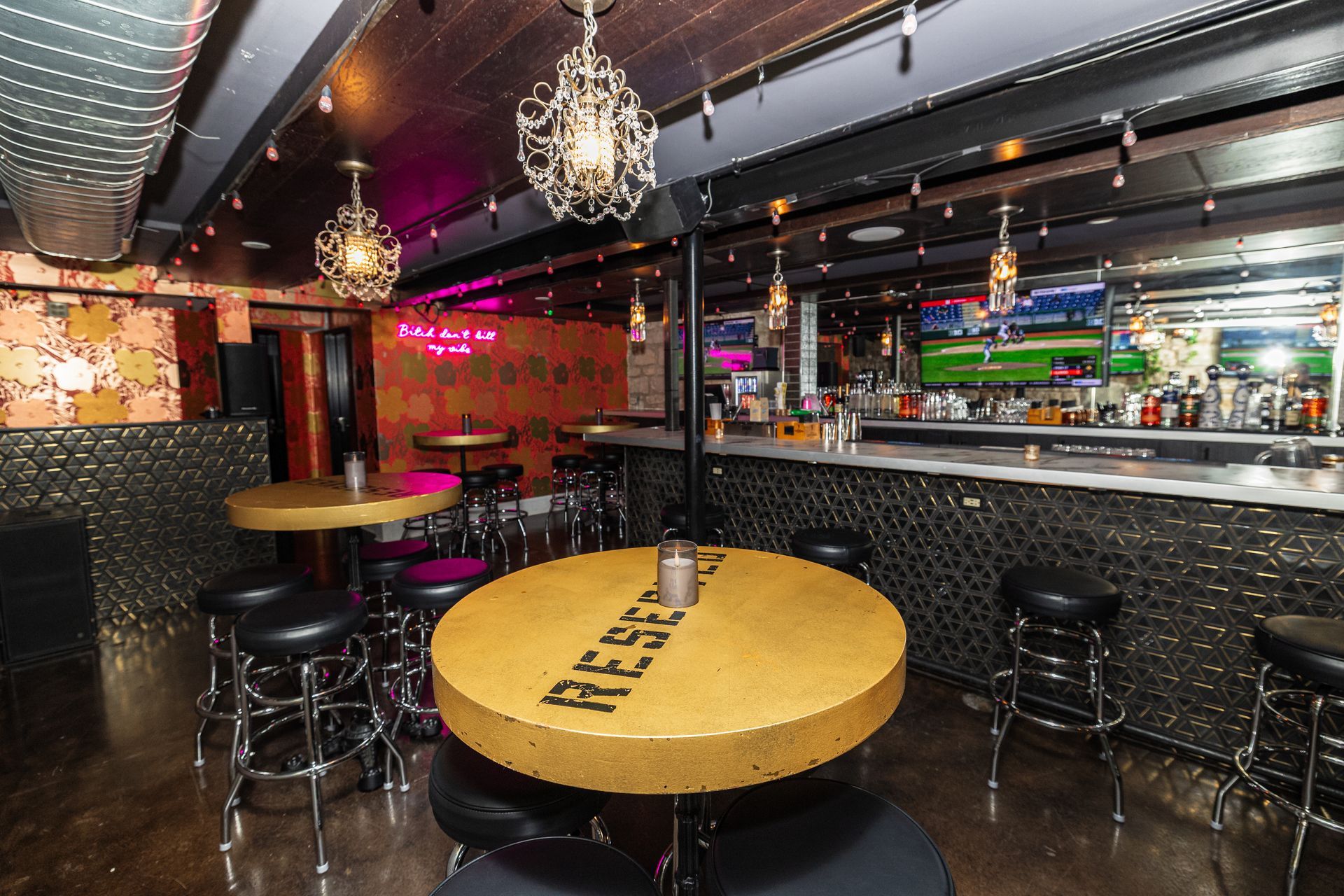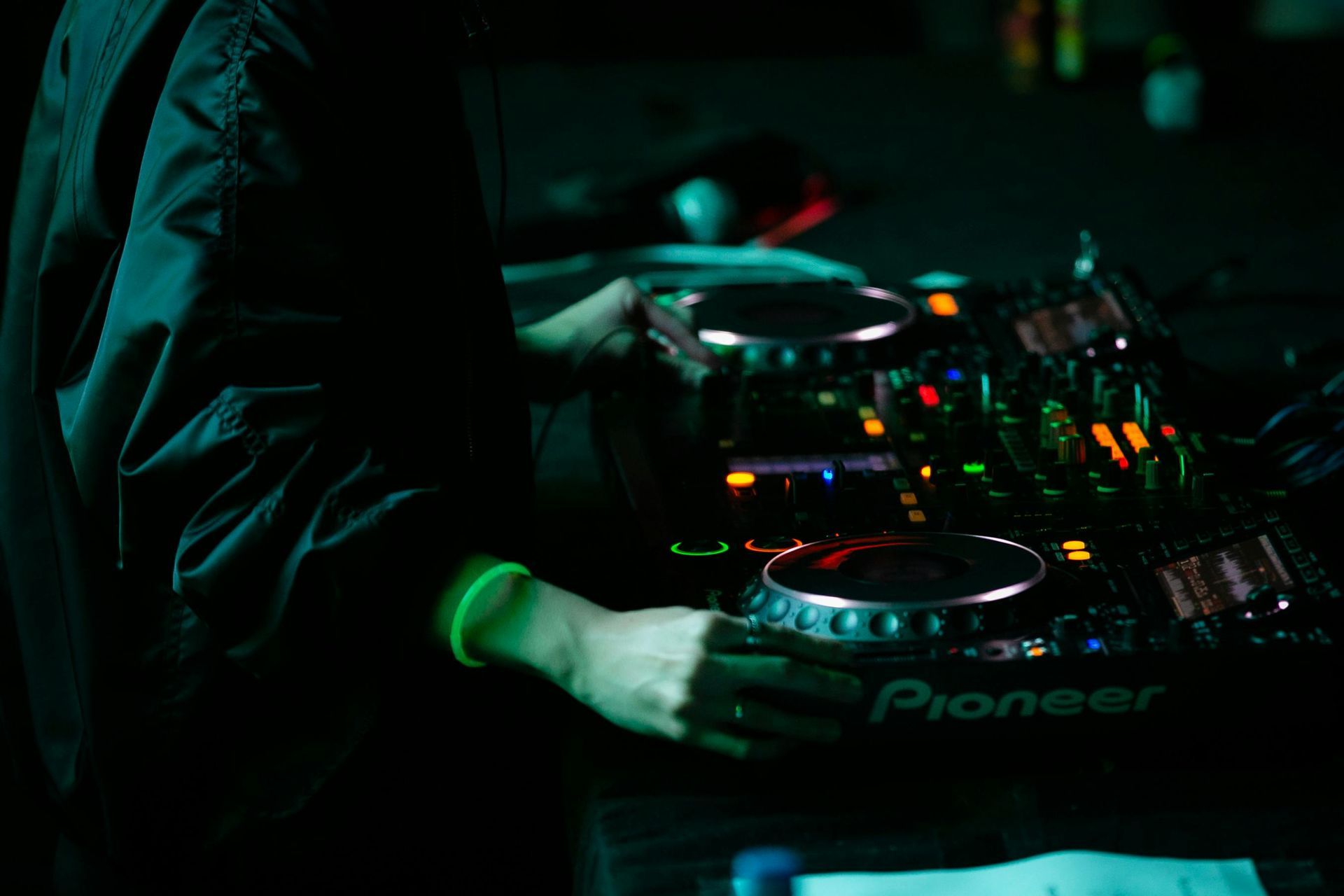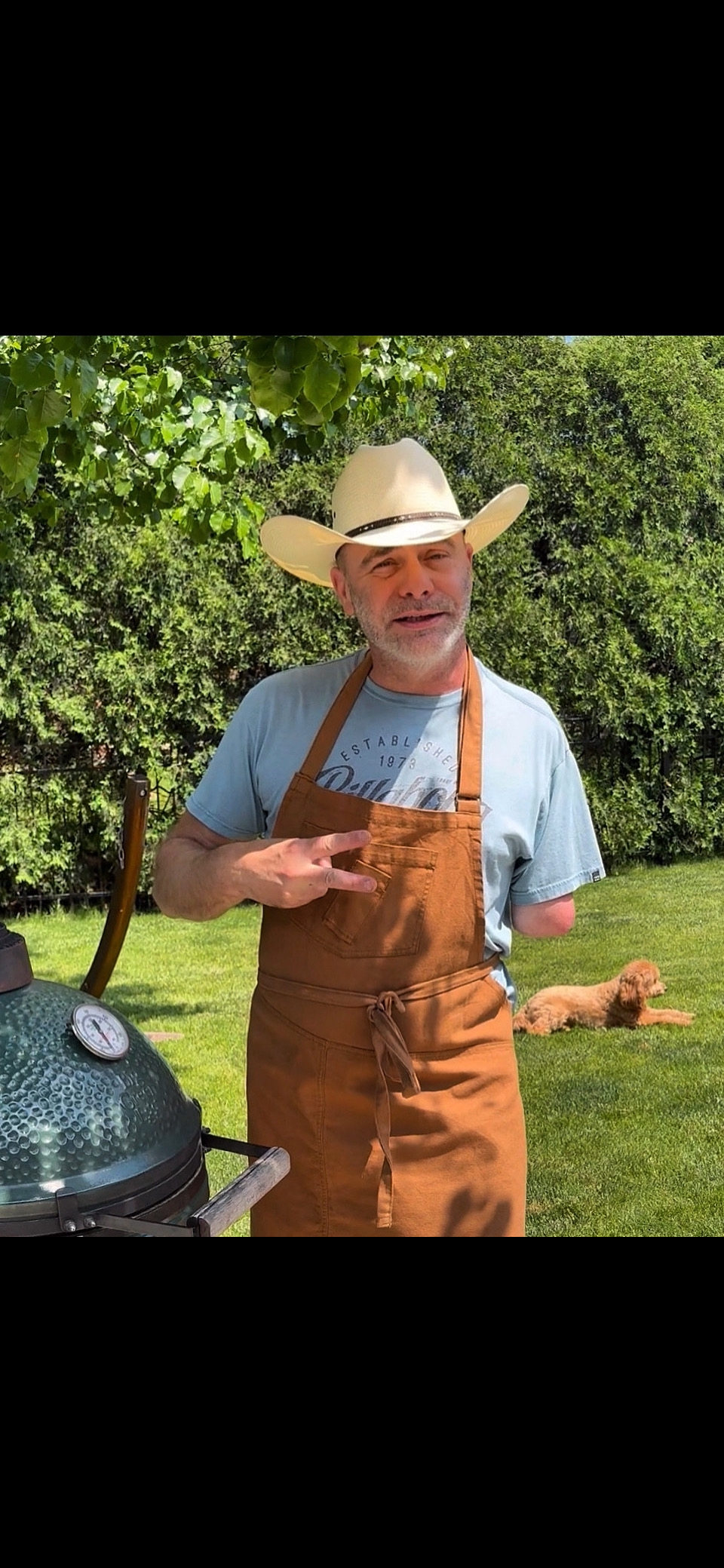Article
The History of Pride Month and Its Deep Roots in Chicago’s LGBTQ+ Legacy
Pride Month, celebrated every June across the United States, honors the LGBTQ+ community’s resilience, history, and progress. While its origins trace back to the Stonewall Riots of 1969 in New York City, Chicago has played a central and enduring role in the fight for LGBTQ+ rights and visibility—especially through its iconic Boystown neighborhood.
Each year, Pride Month commemorates the early activists who stood up against systemic oppression. Following the police raid on the Stonewall Inn on June 28, 1969, protests erupted in New York and ignited a nationwide movement. In 1970, Chicago was one of just a handful of cities to host a Pride march on the anniversary of Stonewall, with participants walking from Washington Square Park to the Civic Center.
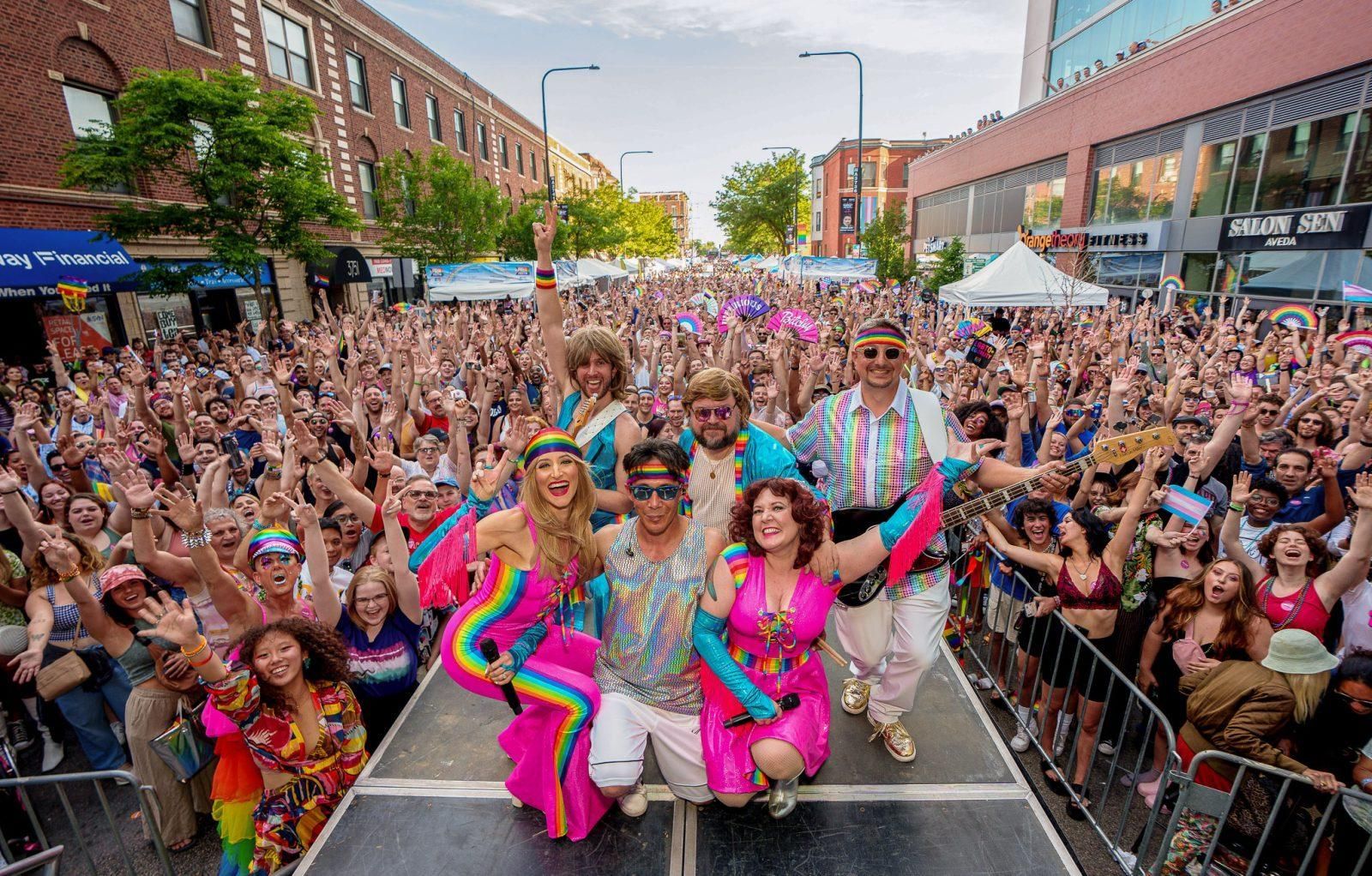
Chicago’s commitment to LGBTQ+ rights has only grown since. The city was a pioneer in electing openly gay officials, enacting anti-discrimination protections, and fostering a vibrant LGBTQ+ cultural scene. The annual Chicago Pride Parade, first held in 1970, has become one of the largest in the country—drawing more than a million attendees in recent years.
At the heart of this celebration is Boystown, a North Side neighborhood centered around North Halsted Street. Recognized as the first officially designated gay village in the United States, Boystown emerged in the 1980s as a haven for LGBTQ+ residents, nightlife, and businesses. Today, it remains a cornerstone of LGBTQ+ life in Chicago and a focal point for Pride festivities.
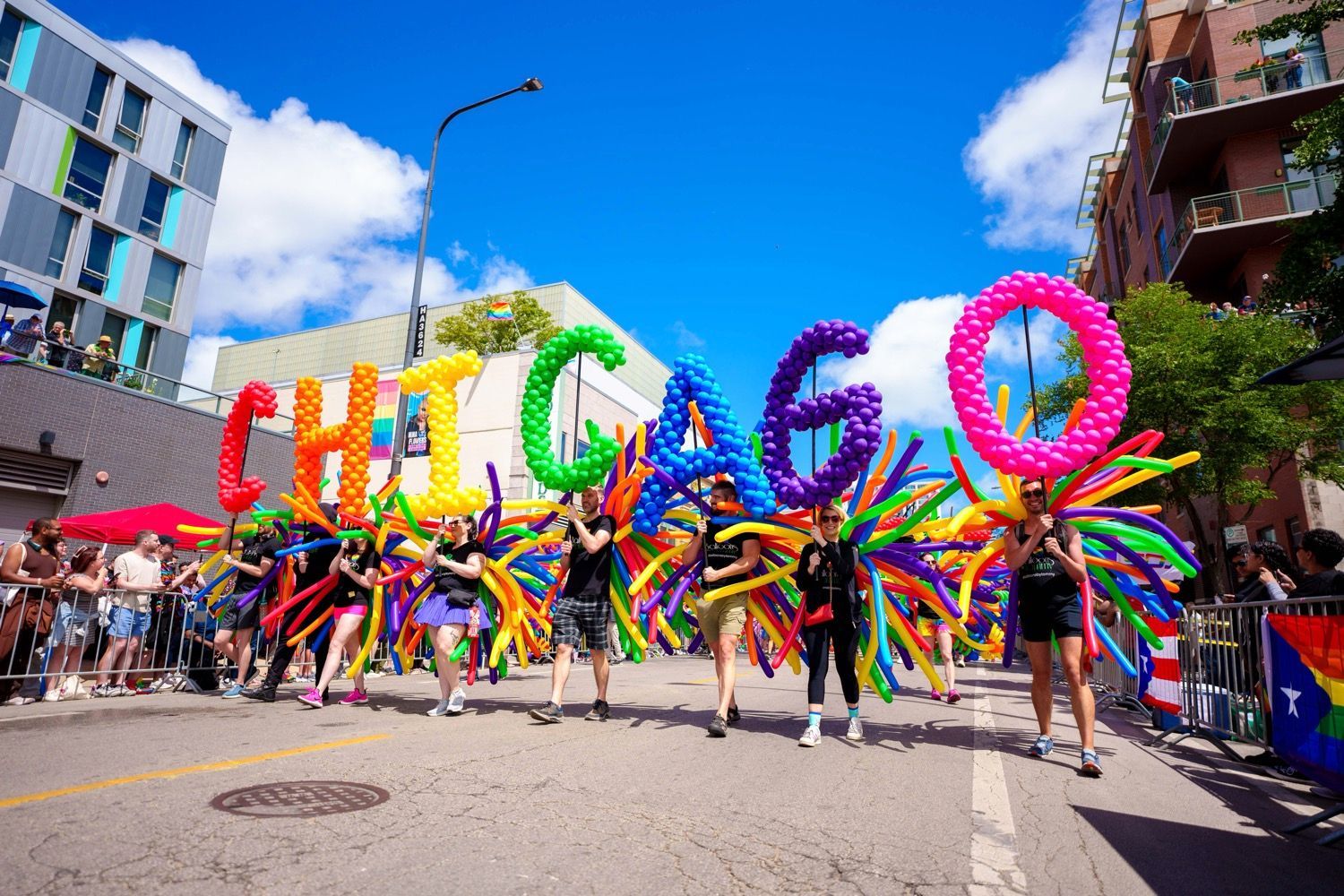
Beyond parades and parties, Pride Month in Chicago is also a time for education, advocacy, and remembrance. Community organizations host events highlighting LGBTQ+ history, health, and human rights. Memorials, like the Legacy Walk in Boystown, celebrate the contributions of LGBTQ+ figures often left out of mainstream narratives.
As Pride Month 2025 unfolds, Chicago continues to be both a symbol of progress and a reminder of the work that remains. With a deep historical connection to the LGBTQ+ movement and a thriving queer community, the city reaffirms its role as a beacon of pride, resistance, and inclusion.
share this
Related Articles
Related Articles
